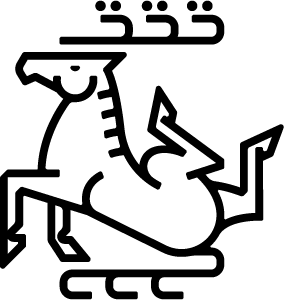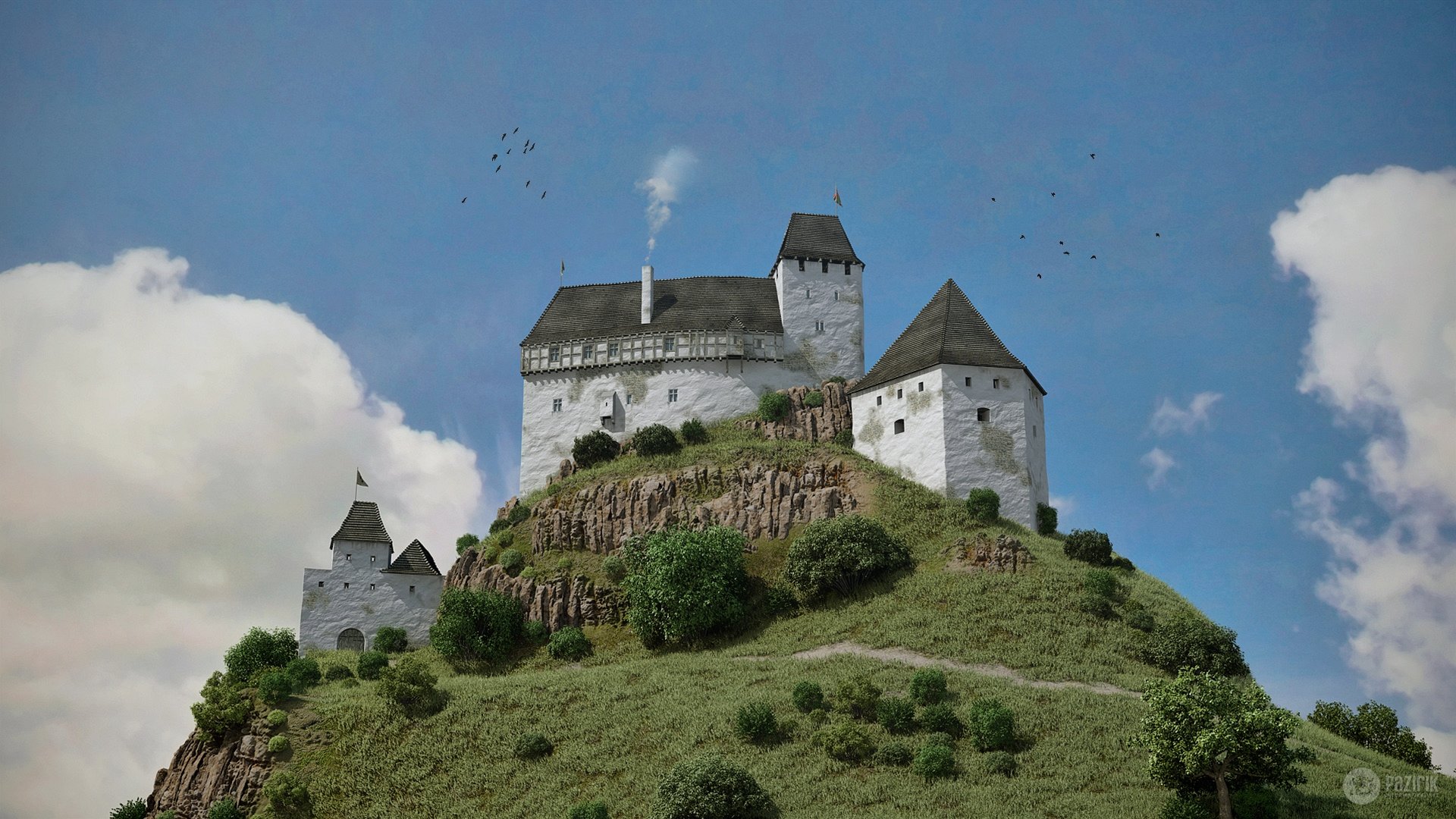
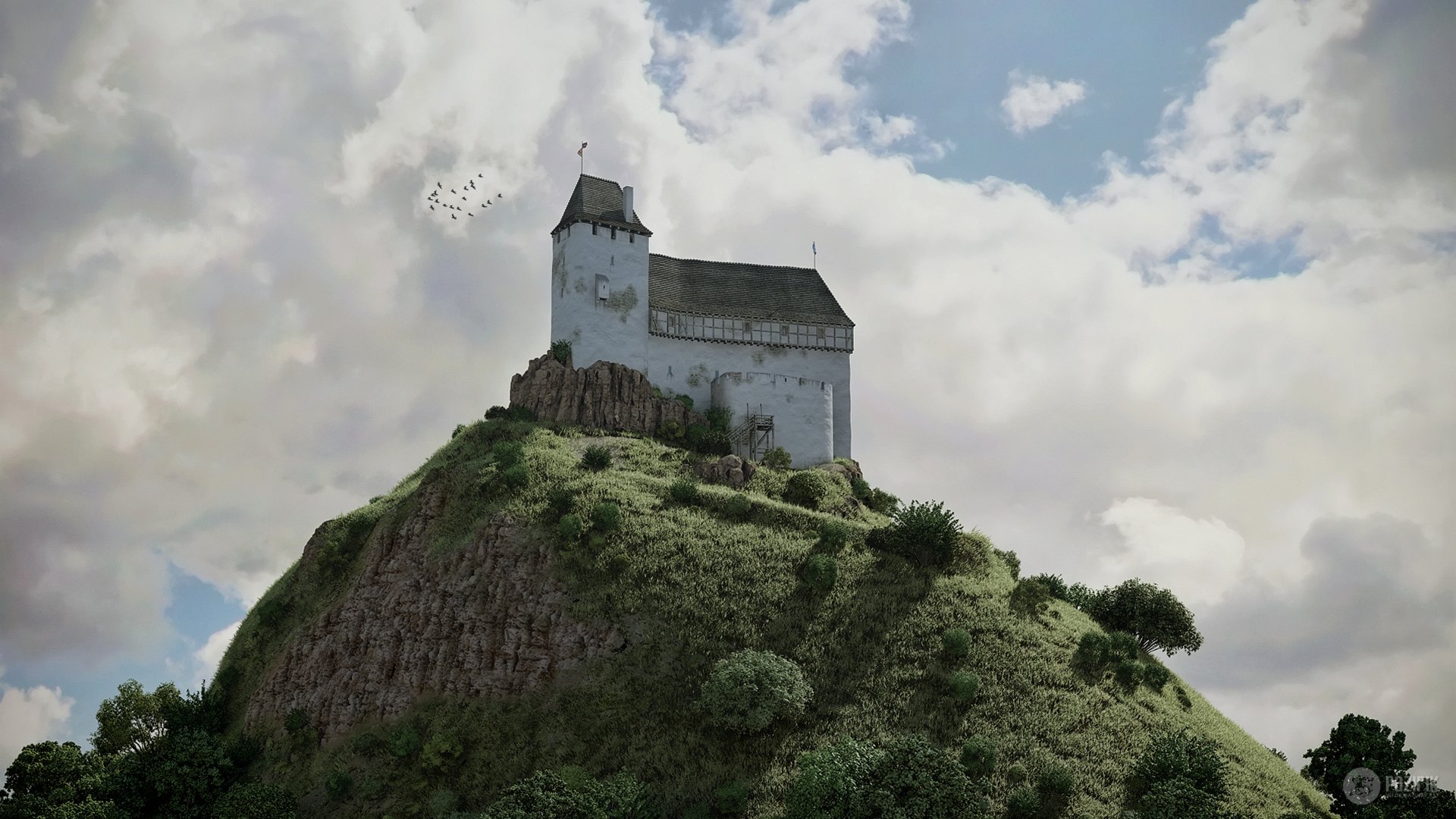
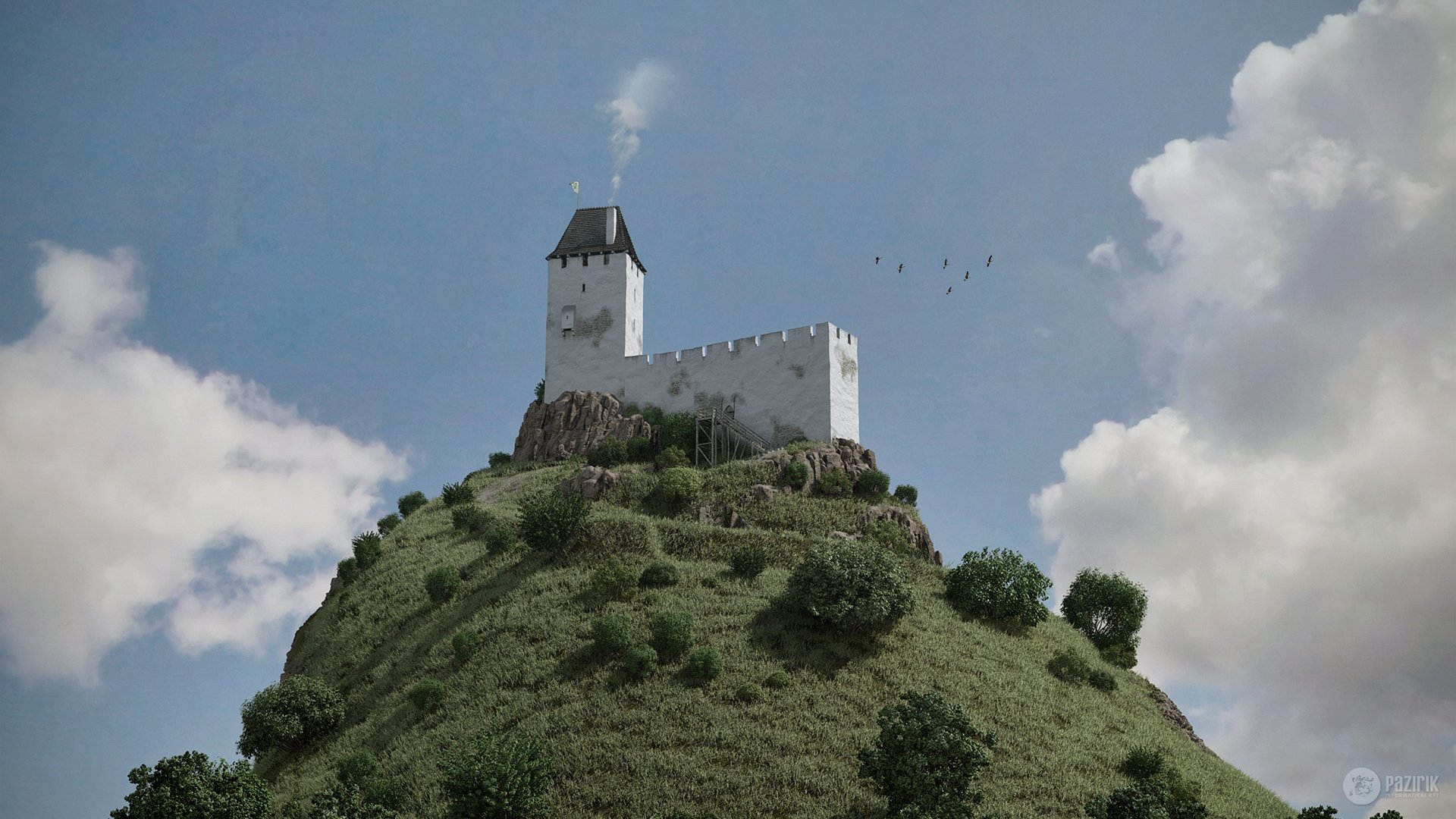
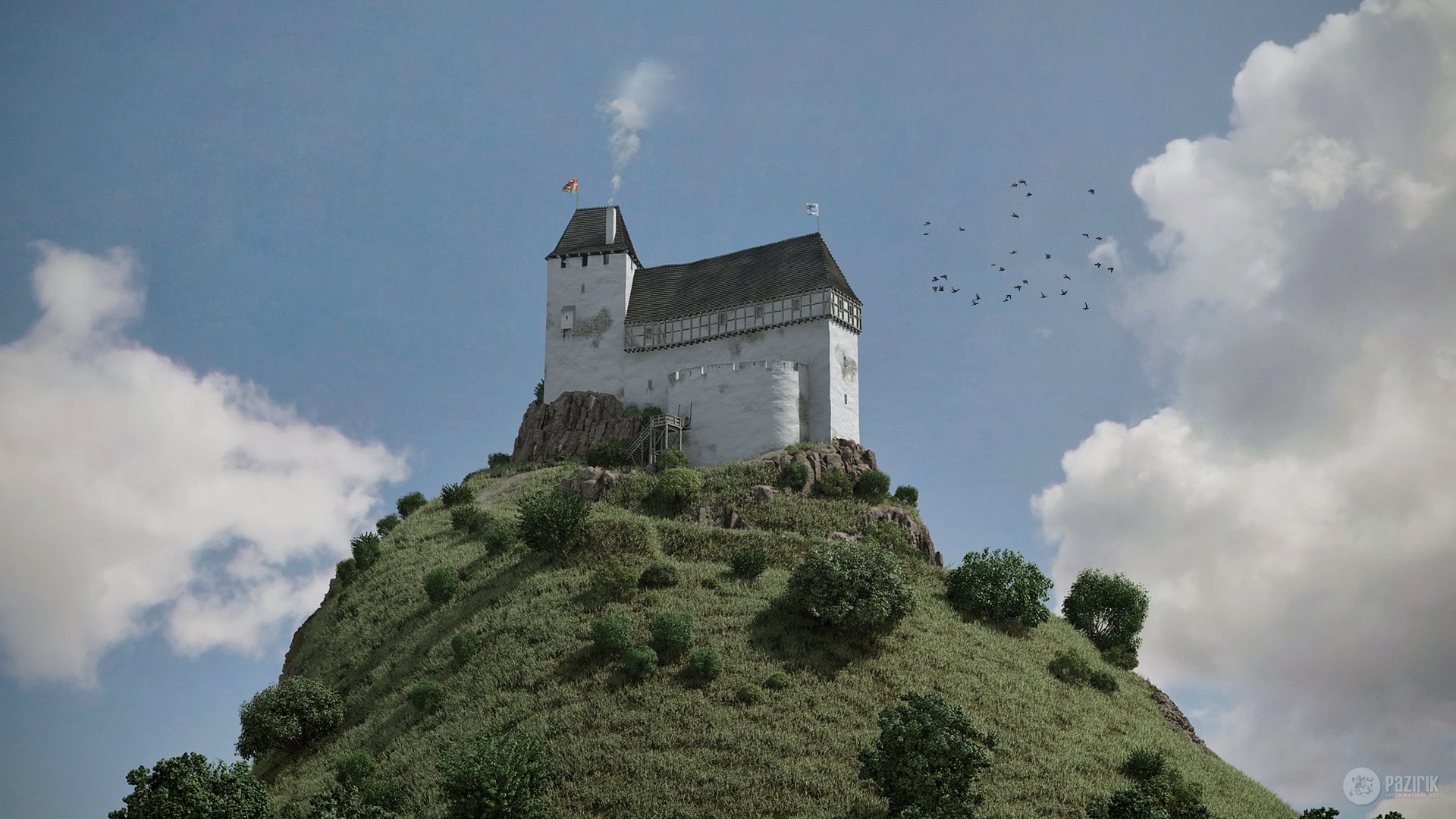
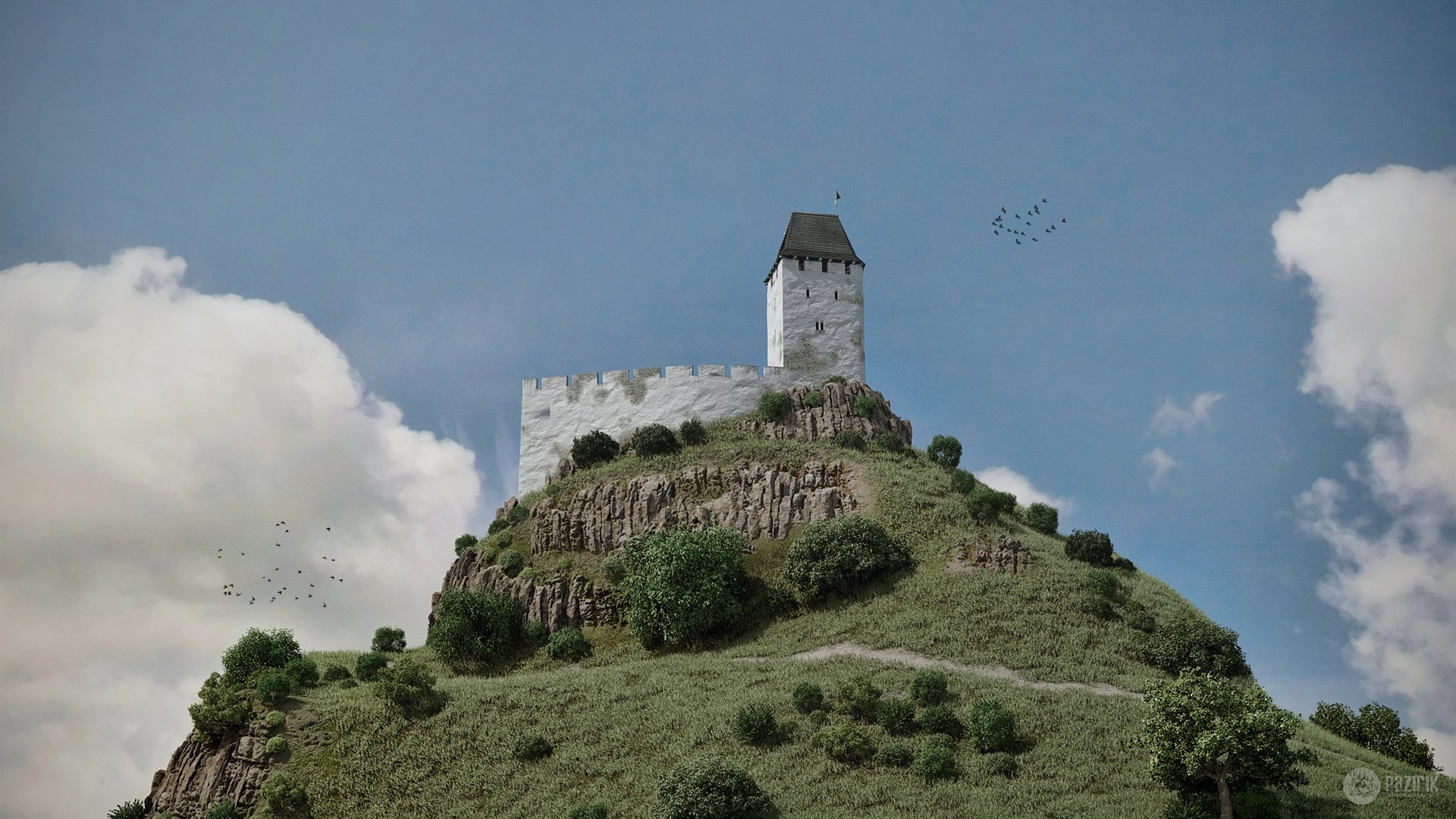
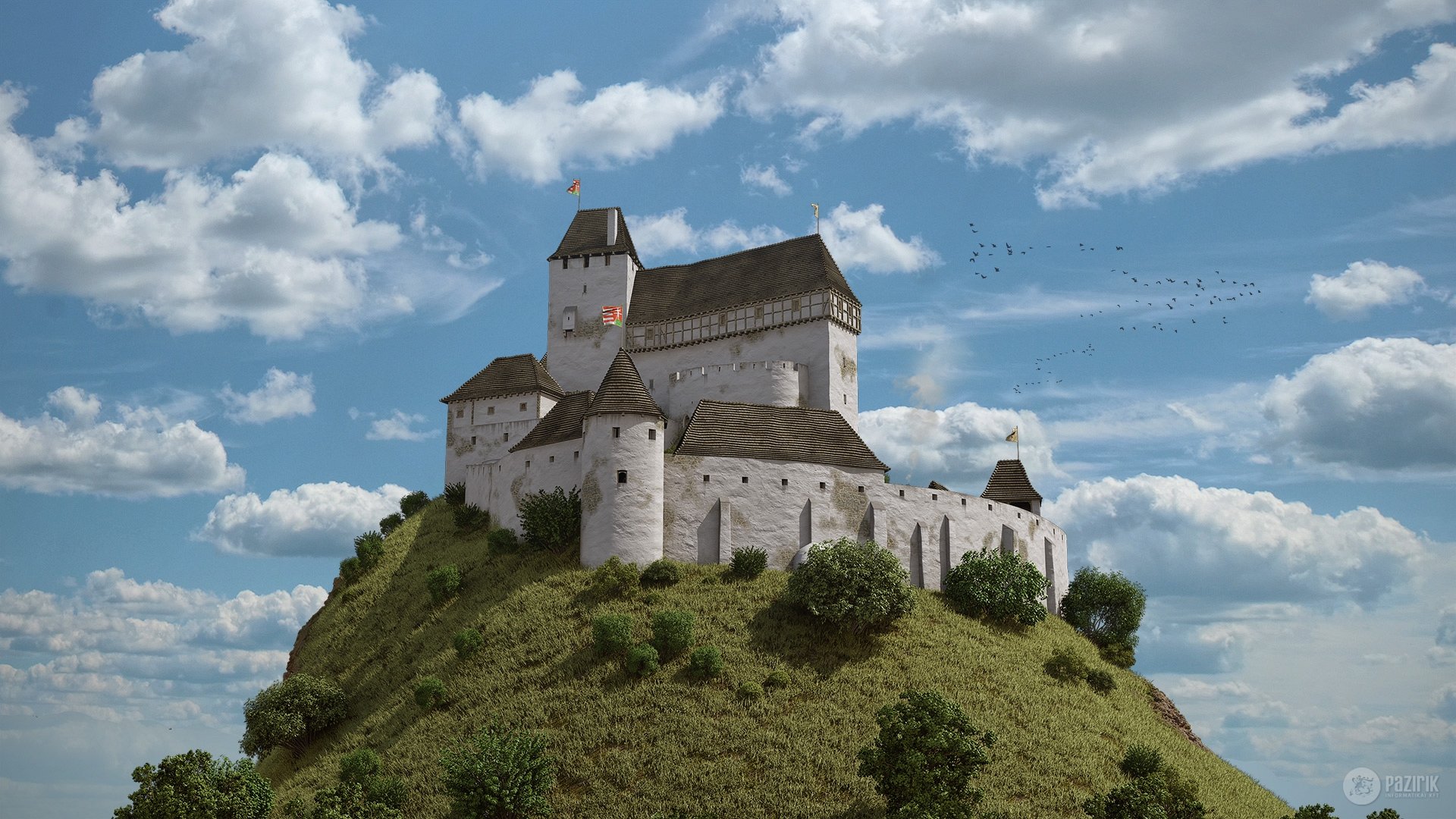
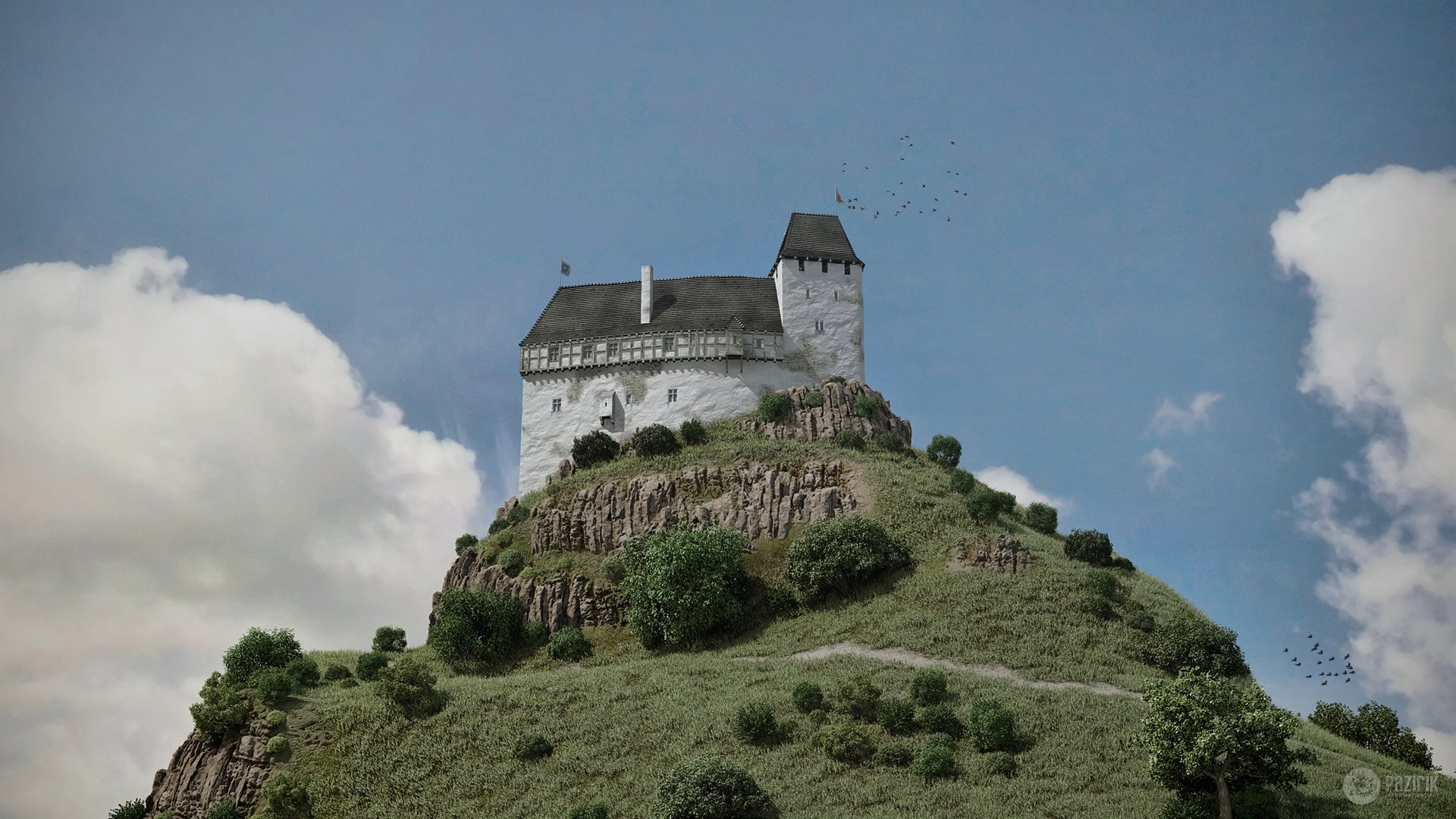
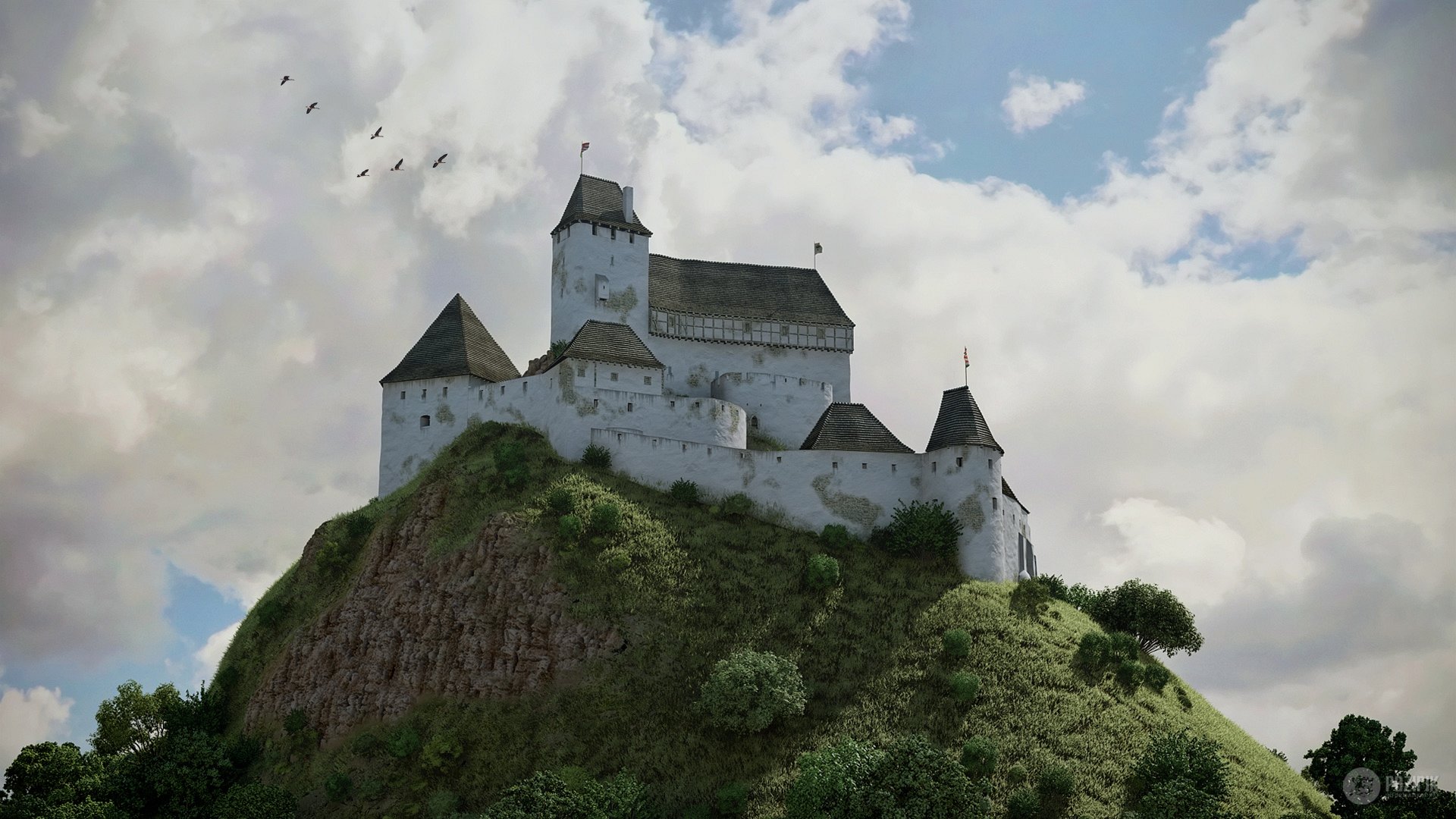
Salgó castle
At first, it was only a square-shaped stone tower. The people called it ’Salgó’ meaning ’shine’, however it’s still not clear whether the name ’Salgó’ was the name of the volcanic peak, or they started to call the place by this name after the tower was erected. This fortified tower was built by the Kacsics clan, who were the lords around these hills in the 13th century. The building of this tower is plausibly related to the Mongol invasion (1241-1242). In 1460 the Hussites captured the small fortress of Salgó. King Mathias Corvinus recaptured it in the same year and gave it to Imre Szapolyai. This time was the golden age of Salgó. The lower castle-yard was built and the upper castle-yard was roofed-over in that time. This part of the yard became a living space. The lord of the castle didn’t live in Salgó but his substitute, the castellan lived in this upper yard building. The stables and the storehouses were in the lower castle-yard. In the 16th century, a huge pentagonal battlement (14 × 15 m) was built in the east side of the rock crown. Even this reinforced building could not resist the Turkish (Ottoman) attack. After Turkish rule the castle was left to perish. Our reconstructions show several periods of the castle. The reconstruction was developed under the supervision of Balázs Szőke.
